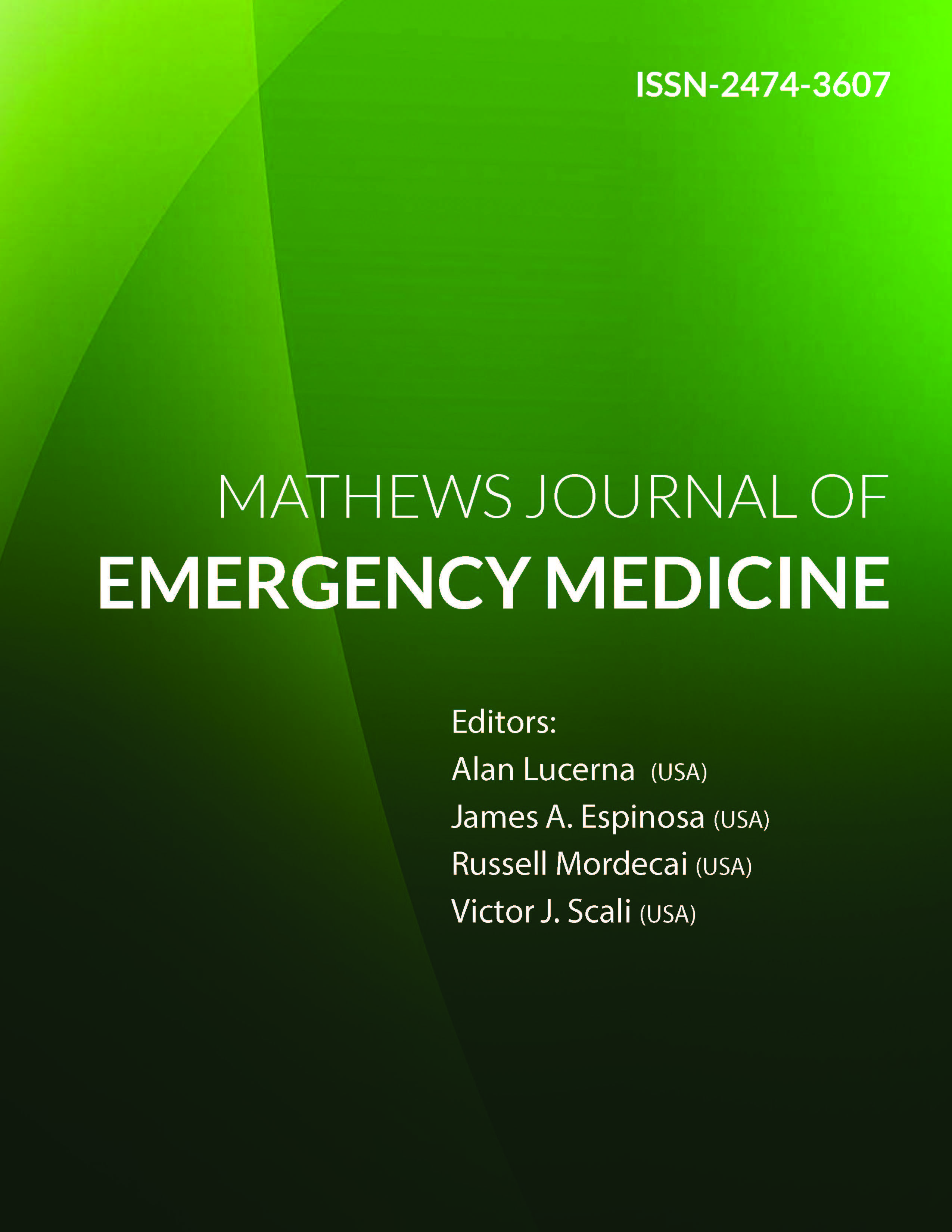
Information Links
Previous Issues Volume 8, Issue 2 - 2023
Perigee Full Moons (“Supermoons”) and its Effect on Emergency Department Behavioral Health Volume and Total Volume
Ashley D’Orazio-Bradfield1, Jared Taylor2, Victor Scali3, James Espinosa4, Alan Lucerna4, Henry Schuitema5
1Department of Emergency Medicine, HCA Florida Fawcett Hospital, Port Charlotte, Florida, USA
2Department of Emergency Medicine, Dignity Health Arizona General Hospital, Banner University Medical Center, Phoenix, Arizona, USA
3Department of Emergency Medicine, Jefferson NJ, Stratford, NJ, USA
4Faculty, Director of Problem-Based Learning, Rowan-Virtua School of Medicine, Stratford, NJ, USA
5Chief, Department of Emergency Medicine and Associate Chief Medical Officer, Jefferson NJ, USA
*Corresponding author: James Espinosa, MD, Department of Emergency Medicine, Rowan University SOM Kennedy University Hospital, 18 East Laurel Road, Stratford, NJ 08084, USA, Phone: 856 304 5101; E-mail: [email protected].
Received Date: June 09, 2023
Published Date: July 03, 2023
Citation: Espinosa J, D’Orazio-Bradfield A, Taylor J, Scali V, Lucerna A, Schuitema H, et al. (2023). Perigee Full Moons (“Supermoons”) and its Effect on Emergency Department Behavioral Health Volume and Total Volume. Mathews J Emergency Med. 8(2):54.
Copyrights: Espinosa J, et al. © (2023).
ABSTRACT
Background: There is conflicting data on the effect of full moons on human physiology. There is even less data concerning the effect of a perigee full moon on emergency department behavioral health visits as well as on total emergency department volume. Aim of study: This study aimed to look at the effect of perigee full moons on emergency department behavioral health and overall volume. Materials and Methods: Ten Perigee Moon events occurring over a 4 year period were studied in reference to total behavioral health volume as well as total emergency department (ED) volume. The time frame was defined as the day of the supermoon as well as the day before and the day after. These 30 days were compared with 30 random non-full-moon super moon dates. The study design was retrospective with data from an ED information system from a three community hospital emergency departments. Results: There was a higher percentage of behavioral health volume as a percent of total volume on supermoon days than on non-supermoon days, in the direction of higher crisis percent volume on supermoon days. This difference was statistically significant (p=0.013). The average patient volume for the three sites was higher on supermoon days than on non-supermoon days. However, the difference was not statistically different (p=0.06). Conclusions: The percent crisis volume was higher on supermoon related days. This difference was statistically significant at p=0.013. The authors were unable to find comparative literature concerning supermoons to crisis related volume. The literature concerning full moons is contradictory. Our data is consistent with literature that has shown evidence of a relationship of behavioral health related volume to the lunar cycle. The average patient volume for the three sites was higher on supermoon days than on non-supermoon days. However, the difference was not statistically different (p=0.06). Our data is consistent with the overall finding from the literature that despite some ED perception, the literature does not appear to support a relationship of the lunar cycle to increased ED volume.